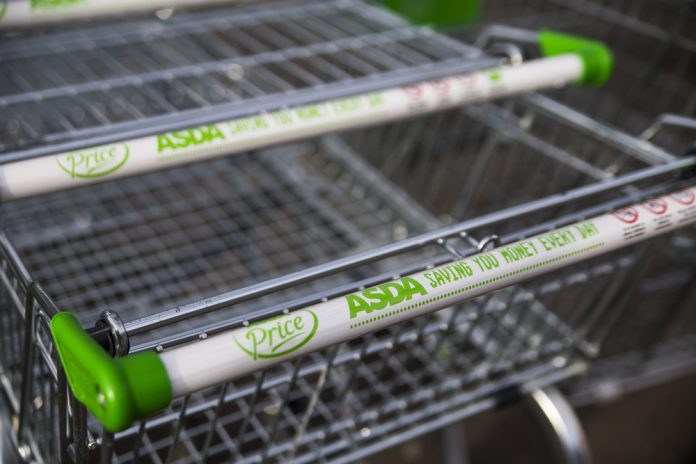Asda has revealed disappointing results for 2016 due to the ‘intense’ competition from Lidl and Aldi.
The Walmart-owned supermarket revealed that 2016’s sales were down 5.7 percent compared to the year earlier. Meanwhile, profits at the supermarket fell 19 percent to £791.7 million.
According to the supermarket, it was too slow in repositioning the business to respond to tough competition from Aldi and Lidl.
“The grocery market has continued to experience low growth throughout the year and competition in the sector has remained intense,” the company said in a report. “Our sales performance, relative to the market, was behind our expectations,”
2017 has also been a tough year for Asda. In May they reported decreasing sales for the first quarter of 2017, marking the 11th consecutive quarter of decline.
New boss Sean Clarke has announced slight improvement following “strategic changes”. He has slashed the cost of many items to improve sales in the supermarket.
Asda was not the only supermarket to suffer from the rising competition of discount supermarkets Lidl and Aldi. Rival chains Tesco (LON:TSCO), Sainsbury’s (LON:SBRY) and Morrisons (LON:MRW) also felt the competition.
“Our sales performance, relative to the market, was behind our expectations. However, in the last quarter of 2016, we saw an improvement following the changes made to our ranges and investment in price and service,” said Alex Russo, Chief Financial Officer.
Hermann Simon of Simon-Kucher & Partners, a German-based consulting and marketing firm, analyse the success of the German supermarket retailers, comparing them to budget airline RyanAir (LON:RYA).
“Lidl and Aldi are not successful because they are cheap, they are successful because they are cheap but still offer consistent quality.
“The quality is about 10 percent lower than the classical brands but the prices are 30 percent lower which then means that the customer gets more value per pound spent.”
“The art of Ryanair is to take out all the things that are not absolutely required by the passengers, saving costs and passing these on in the form of lower prices to the customer. At the same time because the prices are lower they increase capacity utilisation.
“Exactly the same pattern applies to Aldi and Lidl – their revenue per square metre is much higher. Every efficiency parameter is better than in the classical stores.”
The second-quarter results will be published on Aug. 17.

